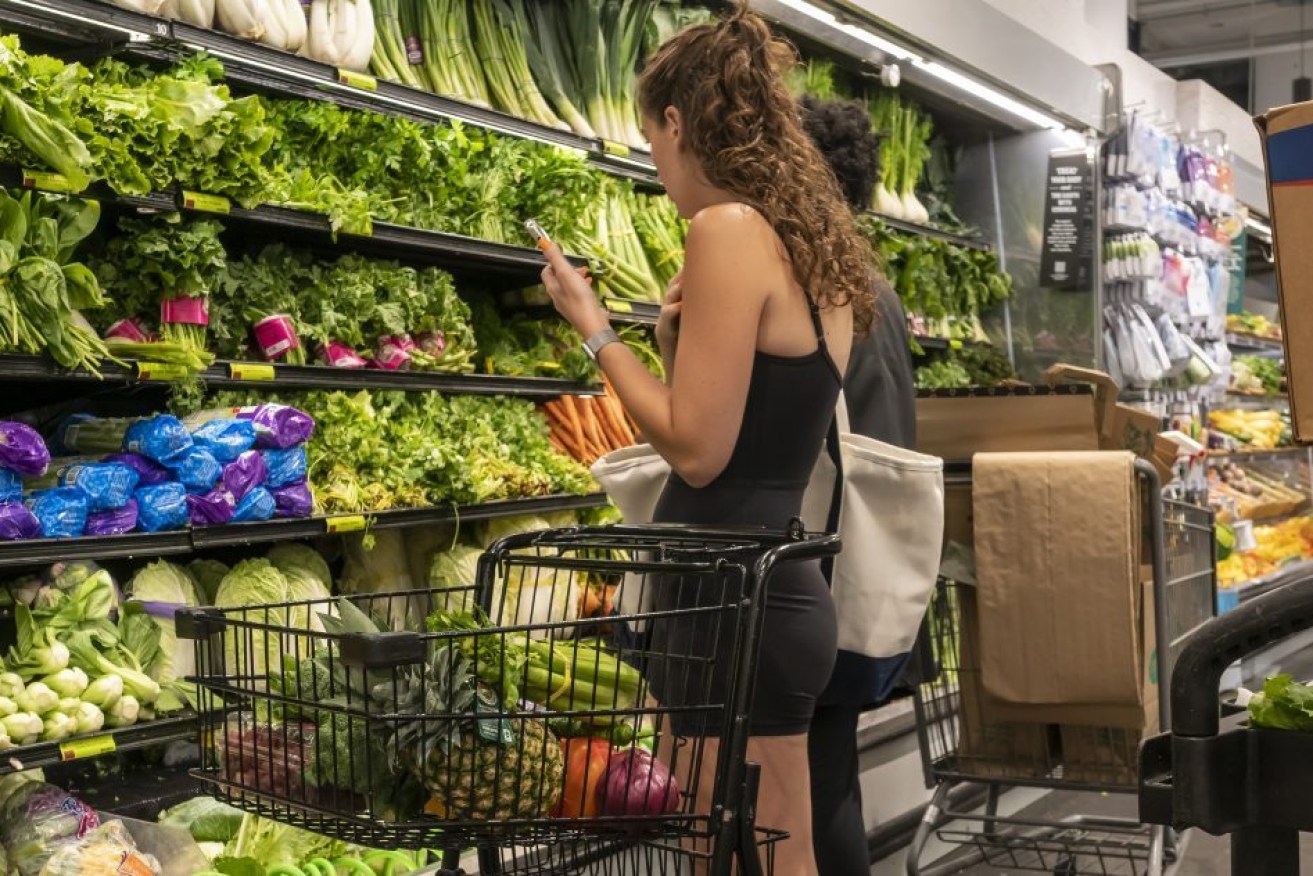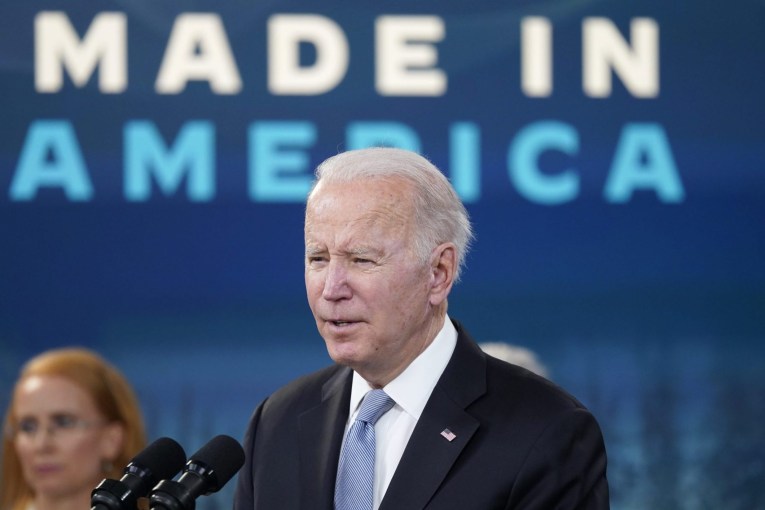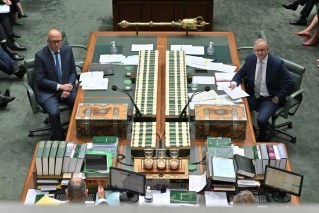RBA seems certain to hold rates as inflation continues to show signs of cooling
Inflation has cooled to 4.9 per cent with housing and food still showing signs of rising prices, according to the Australian Bureau of Statistics.


Food costs have risen despite a fall in fruit and vegetables (Photo by Richard B. Levine)
The figures, which were now well below the 8.4 per cent peak in December 2022, were likely to mean the Reserve Bank would continue with its holding stance on interest rates.
The RBA’s target band is between 2 and 3 per cent.
ANZ and Westpac said the result was lower than market expectations.
One area where prices were falling was in automotive fuels, which were down 7.6 per cent in July. Fruit and vegetables fell by 5.4 per cent.
The ABS said new dwelling prices rose 5.9 percent, which is the lowest annual rise since October 2021, as building material price increases continued to ease. Rent prices rose 7.6 per cent in July, up from 7.3 per cent in June, as the rental market remains tight.
“Electricity prices rose 15.7 per cent in the 12 months to July and increased 6 per cent in the month of July. These increases reflect price reviews across all capital cities. Rebates introduced from July reduced the impact of electricity price increases for eligible households.
“The Energy Bill Relief Fund provides eligible households with rebates ranging from $43.75 to $250 in July. If we exclude the impact of rebates from the July 2023 figures, electricity prices would have recorded a monthly increase of 19.2 per cent,” Ms Marquardt said.
Food and non-alcoholic beverages rose 5.6 per cent in the 12 months to July, down from the 7.0 per cent annual increase in June and the lowest annual increase since May 2022.
“Food inflation continues to ease across most categories, while fruit and vegetable prices fell 5.4 per cent compared to 12 months ago due to favourable growing conditions leading to increased supply,” Ms Marquardt said.
Further data from the ABS showed the total number of dwellings approved fell 8.1 per cent in July, in seasonally adjusted terms, following a 7.9 per cent decrease in June.
Total dwelling approvals fell in most states: Victoria (-18.3 per cent), Queensland (-5.5 per cent), Western Australia (-5.2 per cent), New South Wales (-4.7 per cent), and South Australia (-2.6 per cent). Tasmania rose 39.5 per cent after falling 36.6 per cent in June.
Approvals for private sector houses were mixed across the states, with rises in Western Australia (+6.0 per cent) and Queensland (+5.0 per cent). South Australia (-9.1 per cent), Victoria (-4.0 per cent), and New South Wales (-3.0 per cent) fell in July.
The value of total building approvals fell 16.9 per cent, after a 7.2 per cent June increase. The value of total residential building fell 4.4 per cent, comprised of a 5.1 per cent fall in new residential building and a 0.4 per cent decrease in alterations and additions.









